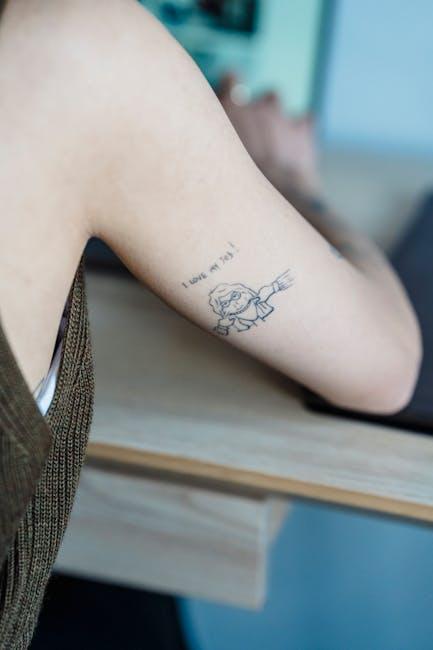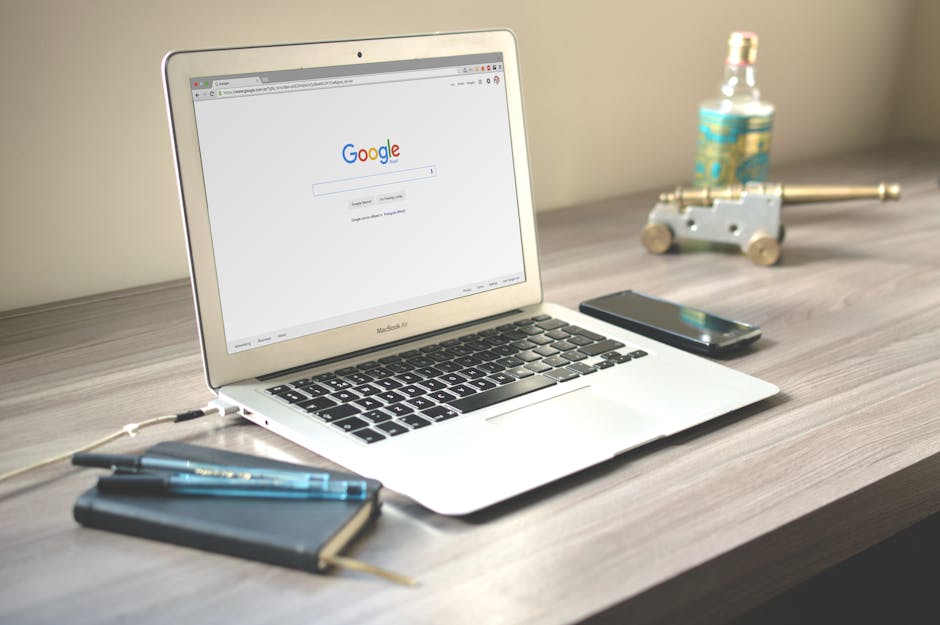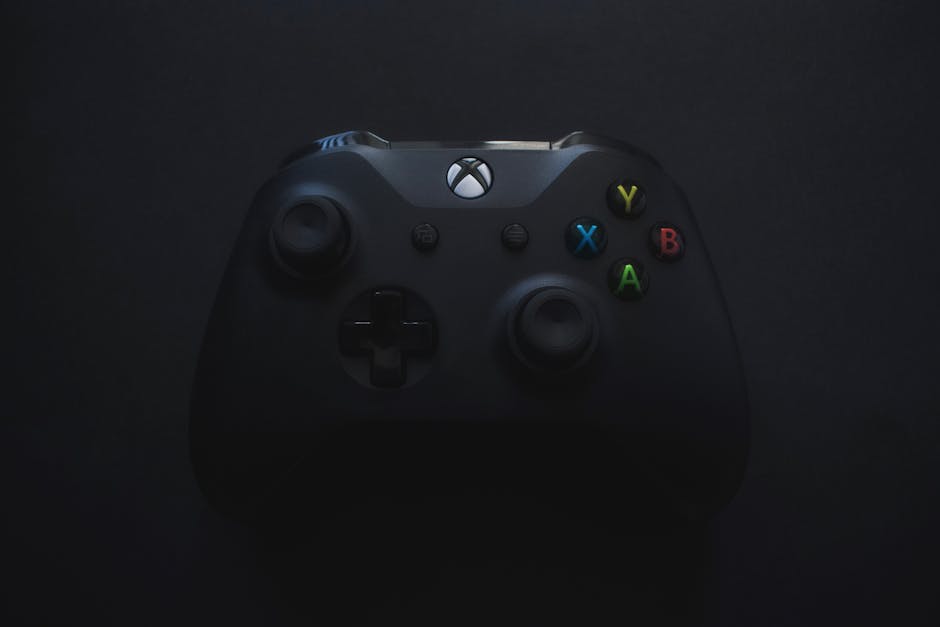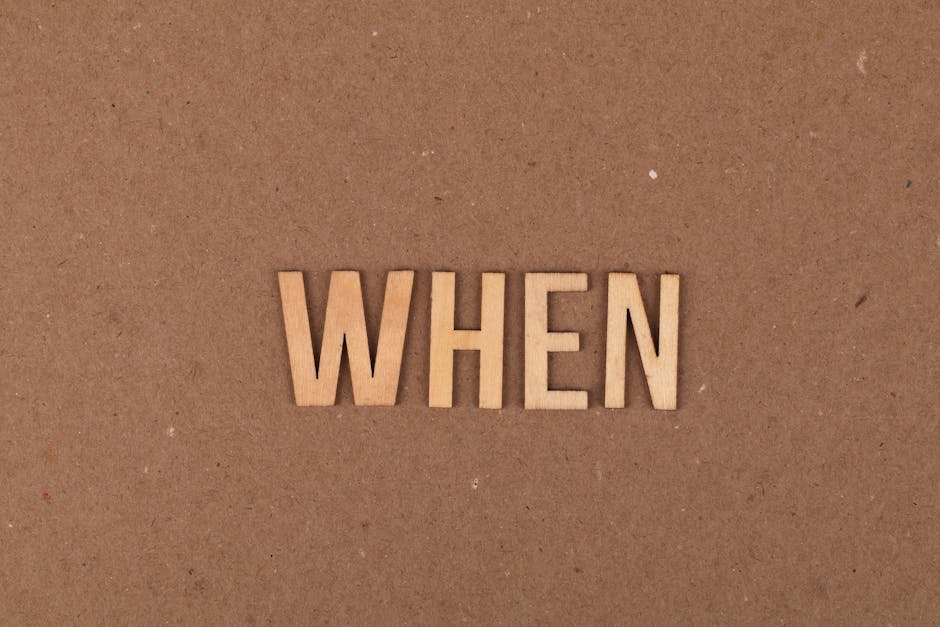
Creating a logo is a bit like trying to dress a toddler for a fancy dinner party – it has the potential to go horribly wrong if you’re not careful. From choosing the wrong colors to using outdated fonts, there are plenty of common mistakes that can turn your logo from a stylish statement to a cringe-worthy disaster. In this article, we’ll take a look at some of the most common logo design blunders and how to avoid them. So grab your design tools and strap in - it’s going to be a bumpy ride!
Choosing the Right Fonts and Colors
Fonts and colors are like the peanut butter and jelly of design – they just belong together. But choosing the right ones can be a real head-scratcher. Fear not, dear reader, for I am here to help guide you through this treacherous terrain.
When it comes to selecting fonts, remember that size does matter. Make sure your text is readable and not microscopic enough to make your readers squint like they’re trying to decipher hieroglyphics. Don’t be afraid to mix and match fonts, but just like mixing prints in fashion, it’s best to do so sparingly. Stick to a maximum of two or three fonts per design to avoid looking like a ransom note.
Now, onto colors. The world is your oyster when it comes to choosing colors, but remember that less is more. Stick to a color palette of 2-4 colors to keep your design looking cohesive and not like a unicorn threw up on it. Also, take into consideration the psychological effects of colors – blue is calming, while red is bold and attention-grabbing. Play around with different color combinations until you find the perfect ones that speak to your brand’s personality.
In the wise words of RuPaul, “If you can’t love yourself, how in the hell are you gonna love somebody else?” The same goes for fonts and colors – if you don’t love them, how can you expect others to? So take your time, experiment, and have fun to make your design pop like a disco ball at Studio 54.
Understanding the Brand and Audience
So you think you understand your brand and audience, huh? Well, let me tell you, it’s a lot more complicated than just slapping a logo on a product and calling it a day. You need to really dive deep into what makes your brand unique and who your audience is before you can truly connect with them.
First things first, your brand is like a hot dog – it’s got all the good stuff inside that makes it special. You need to figure out what sets your brand apart from all the other hot dogs out there. Maybe it’s your secret recipe for the perfect relish, or your special blend of spices that make people’s taste buds tingle. Whatever it is, make sure you highlight it and show your audience why your hot dog is the best in town.
Now, let’s talk about your audience. They’re like a bunch of hungry customers waiting outside your hot dog stand, eager to sink their teeth into your delicious creations. You need to figure out who these people are, what they like, and how to reach them. Maybe they’re health-conscious millennials who want a gluten-free option, or maybe they’re busy parents looking for a quick and affordable meal for their family. Once you know who your audience is, you can tailor your brand messaging to speak directly to them and draw them in.
So there you have it – understanding your brand and audience is like cooking up the perfect hot dog. You need to know what makes your brand special and who you’re serving it to in order to satisfy their cravings and keep them coming back for more. So grab your spatula and get grilling – your brand and audience are waiting!
Simplifying the Design for Versatility
Have you ever looked at a design and thought, “Wow, that looks versatile!”? No? Well, that’s probably because it was too complicated. But fear not, dear reader, for I am here to teach you the ways of simplifying design for maximum versatility!
First things first, let’s talk about color. Instead of using a million different shades of blue, green, and purple, why not stick to a simple color palette? Think bold primary colors with a pop of neon for that extra flair. Trust me, your design will thank you for it.
Next up, let’s tackle shapes. Who needs squares, circles, and triangles when you can have blobs and squiggles? Embrace the organic forms, my friend. They’re like the yoga pants of design – they go with everything.
- Keep it simple, stupid!
- Less is more.
- Embrace the weirdness.
So there you have it, folks. Simplify your design, embrace the versatility, and watch as your creations become the chameleons of the design world. Remember, the key to versatility is keeping it weird.

Making Sure the Logo is Timeless
When designing a logo, there are a few key things to keep in mind to ensure it stands the test of time. You don’t want your logo to go out of style faster than a pair of neon leg warmers. Here are some tips to make sure your logo remains timeless:
First and foremost, keep it simple. Your logo should be easily recognizable and memorable. Think of it like a good joke – the best ones are short and to the point. Avoid adding too many elements or intricate details that will just end up looking dated in a few years.
Next, consider the color scheme carefully. Bright, trendy colors might be all the rage now, but they could easily fall out of favor faster than you can say “fidget spinner”. Stick with classic color combinations that will remain appealing for years to come.
And finally, remember to think about how your logo will look across different mediums. It should be versatile enough to work on everything from a billboard to a business card. If your logo only looks good on a holographic sticker, you might want to rethink things.

Avoiding Overly Complex Designs
When it comes to design, sometimes simpler is better. can not only save you time and money, but it can also prevent headaches down the road. Here are some tips to help you keep your designs clean and simple:
- Avoid clutter: Don’t try to cram too much information into a small space. Let your design breathe by leaving some white space.
- Stick to a color palette: Using too many colors can make your design look chaotic. Stick to a few complementary colors to keep things cohesive.
- Limit your fonts: Using too many different fonts can make your design look messy. Stick to one or two fonts throughout your design for a more streamlined look.
Remember, simplicity is key when it comes to design. By , you can create something that is not only visually pleasing, but also easy to understand and navigate. So keep it simple, and your design will thank you!
Testing the Logo Across Different Platforms and Sizes
Today, we embarked on a daring adventure to test our beloved logo across different platforms and sizes. Armed with a magnifying glass, a microscope, and a really big poster board, we were ready for anything. From tiny icons on mobile screens to gigantic billboards along the highway, our logo was going to make its mark.
First up, we squeezed our logo into a 16×16 pixel square. It looked like a pixelated mess, but hey, at least it was recognizable! Next, we blew it up to a massive 10-foot banner. Our logo practically took over the room, demanding attention from anyone within a mile radius. We even tried printing it on a postage stamp – let’s just say you’ll need a magnifying glass to see it.
After a few hours of resizing and rescaling, we finally found the sweet spot where our logo looked just right. It was like Goldilocks finding the perfect bowl of porridge – not too small, not too big, but just right. Our logo was ready to conquer the digital and physical world, one platform at a time.
FAQs
Why is it important to avoid common mistakes when designing logos?
Well, if you want your logo to be memorable for all the wrong reasons, then by all means, go ahead and make those common mistakes. But if you want your logo to actually represent your brand in a positive light, then it’s best to avoid them.
What are some common logo design mistakes to avoid?
Oh, where do I begin? Let’s see… using clip art, using too many colors, using hard-to-read fonts, being too complicated, being too boring… the list goes on and on. Basically, just avoid anything that makes your logo look like it was designed by a drunken monkey.
How can I make sure my logo is unique and stands out?
Well, first of all, don’t copy someone else’s logo. That’s a surefire way to not stand out. Instead, try to think outside the box and come up with something that truly represents your brand in a creative way. And if all else fails, just add some glitter. Glitter makes everything stand out.
Why is it important to keep your logo design simple?
Because people have short attention spans, that’s why. If your logo is too complicated, no one is going to bother trying to figure out what it’s supposed to be. Keep it simple, keep it memorable, and most importantly, keep it glittery.
What should I do if I’ve already made some common logo design mistakes?
Don’t panic. It’s not the end of the world. Just take a deep breath, pour yourself a glass of wine, and then go back to the drawing board. Learn from your mistakes and come up with a new design that doesn’t make you cringe every time you look at it. And remember, when in doubt, just add more glitter.
Don’t Let Your Logo Be a No-Go!
Thanks for joining us on this logo design journey! Remember, a logo is like a first date – you want to make a good impression and stand out from the crowd. Avoid those common mistakes, keep it clean, keep it simple, and your logo will be the talk of the town. Happy designing!











